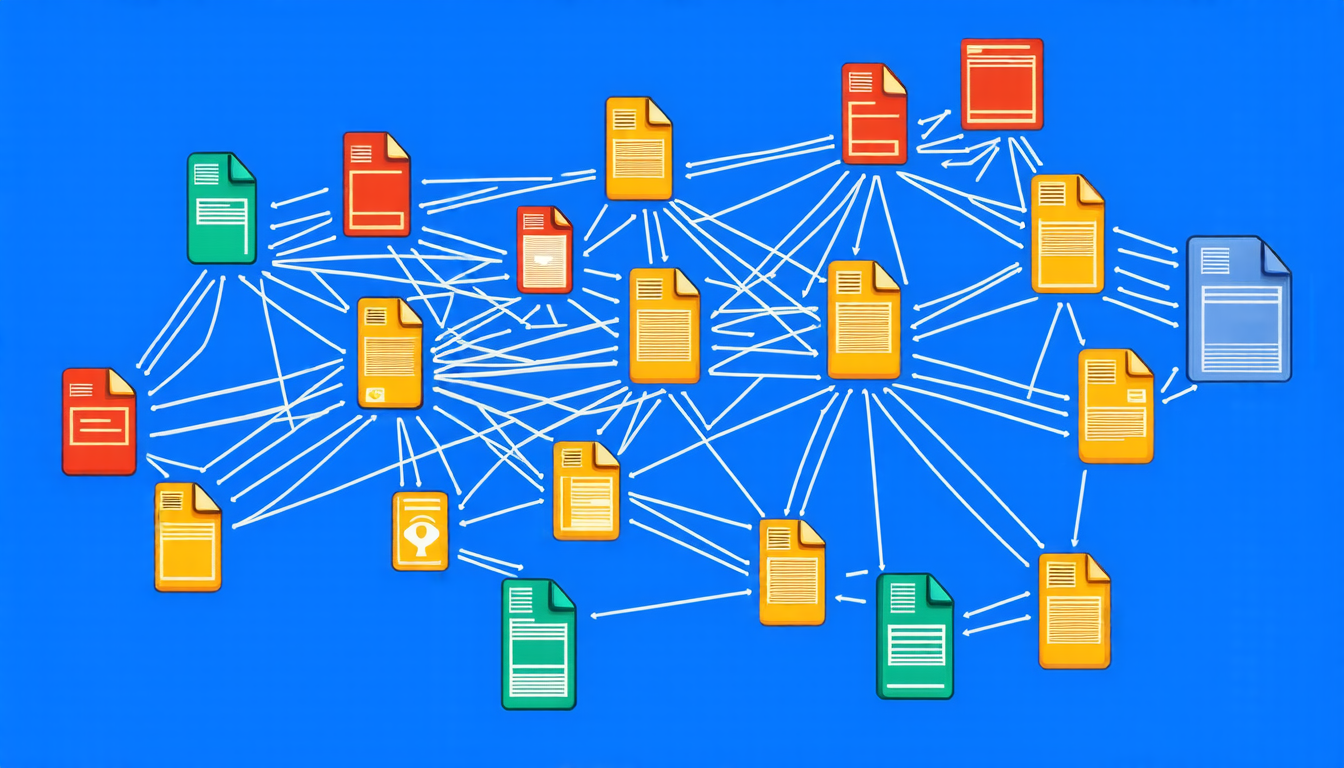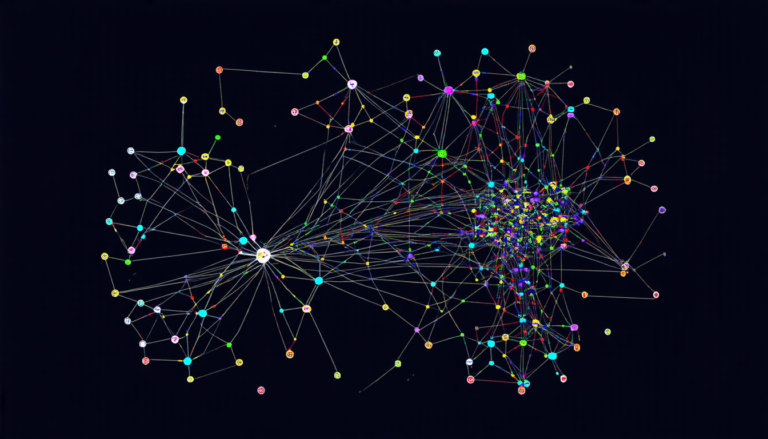Saturday 02 August 2025
The study of scientific literature has long been a complex and intriguing field, filled with mysteries waiting to be unraveled. In recent years, advancements in natural language processing have enabled researchers to better understand the intricacies of scientific communication. A new paper takes this one step further by examining the relationship between the similarity of a scientific paper to previous research and its eventual citation rate.
The authors of this study introduce two metrics to characterize the local geometry of a publication’s semantic neighborhood: density and asymmetry. Density is defined as the ratio between a fixed number of previously-published papers and the minimum distance enclosing those papers in a semantic embedding space. Asymmetry, on the other hand, measures the average directional difference between a paper and its nearest neighbors.
The researchers tested the predictive relationship between these two metrics and their subsequent citation rate using a Bayesian hierarchical regression approach, analyzing over 53,000 publications across nine academic disciplines and five different document embeddings. Their findings suggest that the density of a paper’s surrounding scientific literature may carry modest but informative signals about its eventual impact. In other words, papers that build upon existing research in a dense and cohesive manner are more likely to be cited in the future.
Interestingly, the study also found no evidence that publication asymmetry improves model predictions of citation rates. This highlights the importance of understanding the specific role that semantic similarity plays in shaping the dynamics of scientific reward.
To better visualize this concept, the authors used dimensionality reduction techniques to project a sample of scientific publications into two dimensions based on their embeddings. This allowed them to create colorful maps that illustrate the clustering of papers by field and embedding method. The resulting patterns were surprisingly clear-cut, with different fields and embedding methods forming distinct groups.
The study’s findings have significant implications for our understanding of scientific communication. By analyzing the relationships between papers in a semantic space, researchers can better understand how knowledge is built upon and disseminated within a community. This, in turn, could inform strategies for improving the impact of research papers and fostering more effective collaboration among scientists.
Moreover, the study’s approach has broader applications beyond the realm of scientific literature. It highlights the potential for machine learning algorithms to analyze and visualize complex data sets in a way that reveals hidden patterns and relationships.
In short, this paper offers a fascinating glimpse into the intricate web of scientific communication, shedding light on the subtle yet crucial role that semantic similarity plays in shaping the dynamics of research.
Cite this article: “Unraveling the Web of Scientific Communication: The Role of Semantic Similarity in Citation Rates”, The Science Archive, 2025.
Scientific Literature, Citation Rate, Natural Language Processing, Semantic Embedding Space, Density, Asymmetry, Bayesian Hierarchical Regression, Publication Impact, Knowledge Dissemination, Collaboration Strategies







